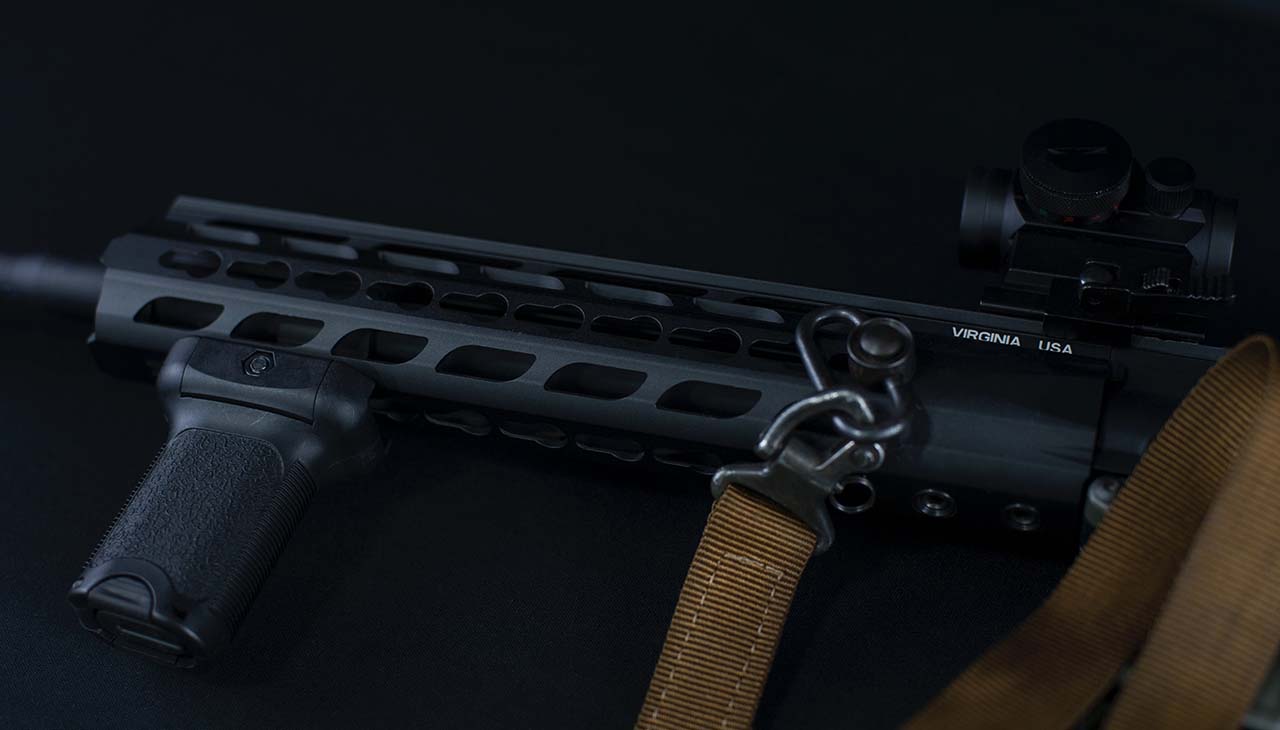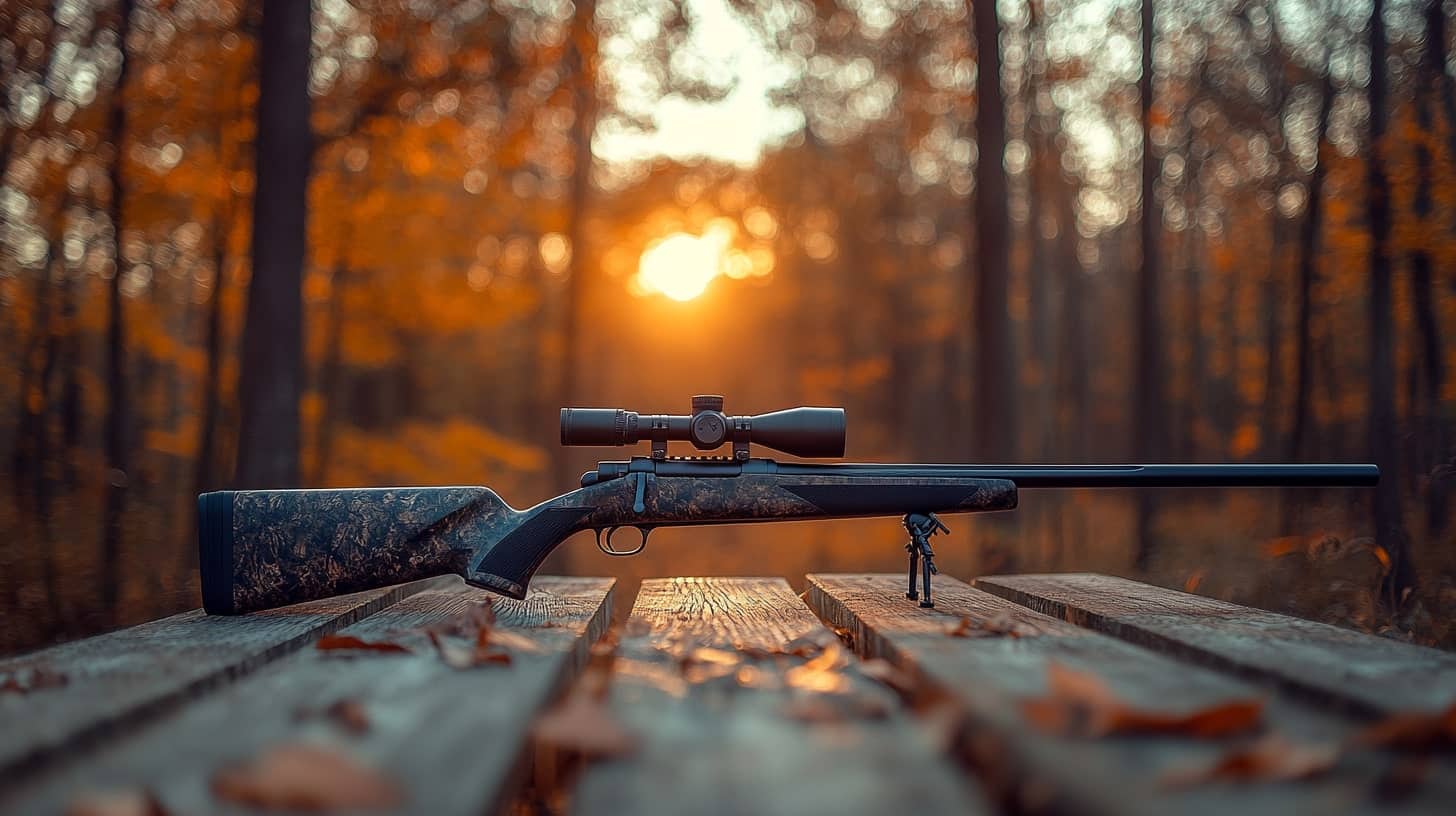When it comes to hunting, the choice of your rifle can make or break your experience. It’s not just about finding a tool that ‘works’; it’s about finding the right fit for you and your hunting style. This comprehensive guide aims to navigate you through the process of choosing the perfect hunting rifle, considering factors such as the type of game, location, shooting range, and personal comfort. Each of these elements plays a crucial role in ensuring your hunting sessions are successful and enjoyable. Let’s dive in and unravel the intricate world of hunting rifles.
Understanding Your Hunting Needs
Before you can choose the right hunting rifle, it’s essential to understand your specific hunting needs. These needs can vary significantly depending on several factors. The sort of game you’re after is a primary consideration, as hunting small game requires a vastly different approach—and rifle—than hunting large game. Similarly, where you plan to hunt also plays a significant role. For example, a dense forest habitat calls for a different rifle than an open prairie. Take into account the typical shooting distances you’ll be dealing with too. All of these factors can greatly influence the type of rifle best suited to your hunting style. Your comfort and personal preferences should not be overlooked in this process, as a rifle that feels good in your hands will inspire confidence, improving your overall hunting experience.
Rifle Types and Calibers
There are various types of rifles, each bearing unique characteristics that suit distinct hunting scenarios. Here are some common types:
- Bolt-Action Rifles: These are dependable, highly accurate, and versatile firearms. The manual operation of the bolt provides reliability in harsh weather conditions, making Bolt-Action rifles a preferred choice for large game hunting.
- Semi-Automatic Rifles: These rifles automatically eject the spent cartridge and load the next round. Semi-automatic rifles offer rapid-fire capabilities, making them ideal for hunting small, fast-moving game.
- Lever-Action Rifles: Lever-Action rifles are known for their quick cycling and Western charm. They are typically used for hunting medium-sized game at relatively close ranges.
- Single-Shot Rifles: These rifles require manual loading for each shot. Their simplicity and lightweight design make them an excellent choice for beginners or those who enjoy a challenge.
When it comes to calibers, the choice depends largely on the game you’re hunting. Small game can be effectively hunted with .22 or .223 calibers. For medium game like deer, .243 to .308 calibers are common. Large games such as elk or bear would typically require larger calibers like .30-06 or .300. Remember, it’s crucial to balance power with recoil management—too large a caliber may hinder accuracy due to kickback.
Considerations for Rifle Features
When assessing hunting rifles, it’s also important to consider their various features and how they might affect your hunting experience.
- Barrel Length: The length of a rifle’s barrel can influence its accuracy and maneuverability. Longer barrels tend to increase bullet velocity and improve accuracy but can be more challenging to handle, especially in dense brush. On the other hand, shorter barrels are more maneuverable and lighter but may sacrifice some accuracy at long ranges.
- Weight: A rifle’s weight can significantly affect your comfort and endurance in the field. Lighter rifles are easier to carry for extended periods, but they also have more recoil, which could impact your accuracy. Heavier rifles, while more challenging to carry, often provide better stability and less recoil.
- Stock Material: The material of the stock can influence a rifle’s durability, weight, and price. Stocks can be made from various materials, including wood, laminated wood, and synthetic materials. While wood stocks have a classic aesthetic and good durability, they can be heavy and susceptible to weather conditions. Synthetic stocks, while not as traditional in appearance, offer excellent durability, are often lighter, and are resistant to adverse weather conditions.
- Trigger: A smooth, crisp trigger can improve the accuracy of your shots. Some rifles have adjustable triggers, allowing you to set the amount of pressure needed to fire.
- Sights and Scopes: Iron sights are typically included with most rifles, but many hunters prefer to use a scope for more accurate shooting, especially at longer distances. Consider your typical shooting range when deciding whether to invest in a scope.
Remember, the perfect rifle is the one that best suits your specific needs and preferences. Try out different models and features to find the one that feels best to you.
Safety and Ergonomics
Safety and ergonomics are crucial components in choosing your hunting rifle.
Safety
Safety should be paramount in any hunting scenario. Always ensure the rifle you choose has reliable safety mechanisms to prevent accidental discharges. This might include features like a safety catch or a bolt lock. Also, remember that safety is not just about the rifle itself but also how you handle it. Get familiar with the four basic rules of gun safety: treat every gun as if it’s loaded, never point a gun at anything you’re not willing to destroy, keep your finger off the trigger until you’re ready to shoot, and be sure of your target and what’s beyond it.
Ergonomics
Ergonomics refers to how well the rifle fits you and how comfortable it is to use. A well-fitted rifle can greatly enhance your accuracy and overall shooting experience. Consider the length of pull—the distance from the trigger to the middle of the buttstock—which should allow you to hold the rifle comfortably against your shoulder. Check the grip and contour of the stock as they should fit naturally in your hands. The weight and balance of the rifle are also critical. It should be light enough to carry comfortably but heavy enough to absorb recoil effectively.
Remember, no one rifle is perfect for everyone. It’s all about finding the one that matches your specific needs, comfort, and safety requirements.



